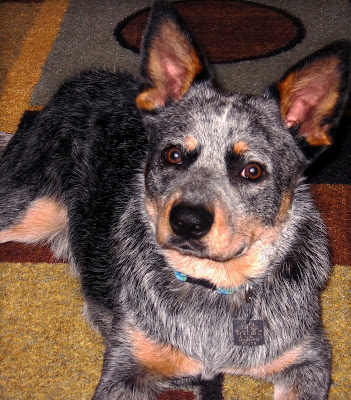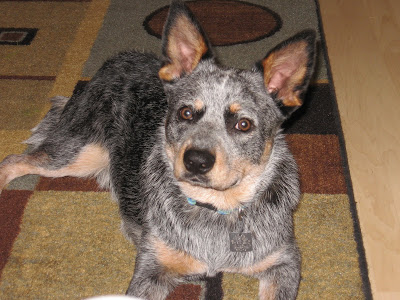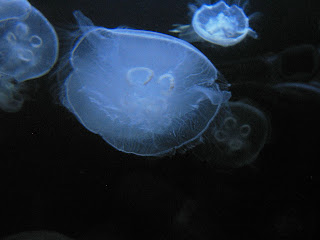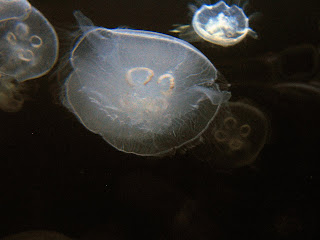All of this information and photographs can be found at: http://www.anseladams.com/aboutAAG.html
Saturday, October 31, 2009
Ansel Adams
All of this information and photographs can be found at: http://www.anseladams.com/aboutAAG.html
Sunday, October 25, 2009
Letters

All Natural?


Tuesday, September 22, 2009
Crop and Focus!
This photo was taken at the Fort Wayne Children's Zoo. The first picture is the original. As you can see, there is a lot going on in the backgroun, when the hyena and tree should be the focus. There is brush in the background, along with the head of another hyena laying on the ground. Also, the photograph is centralized. It does not really use the "rule of thirds" well.
By using photoshop, I was able to transform this picture. The main purpose was to crop the photo so that there would be more focus. This was achieved by removing the extraneous background and keeping just the hyena and the log in the cropped image. However, a few other tools were used to make the photo more interesting. I used manual adjustments for contrast and brightness, because the color in the first photograph was somewhat dull. Also, I flipped the image. Most people read from left to right, so I thought flipping it made the eyes flow better over the photograph as you follow the back of the hyena to the front and down the inside of the log.
Clearly, using software programs can have a great impact on photographs. Also, it makes you wonder what can't be done and what is really real? How would anyone know that the hyena was never laying in the position shown in the second photograph? This has a severe impact on what the news and media can portray to the public, just by changing the meaning in a photograph.The Power of Light
For the next couple of months, this blog is going to take a different approach. I will be focusing on photography and nature. What better way to cherish what we have, so enjoy the pics!

Enhanced color and brightness photograph.
 Autoadjustments for brightness, contrast, and color.
Autoadjustments for brightness, contrast, and color.







